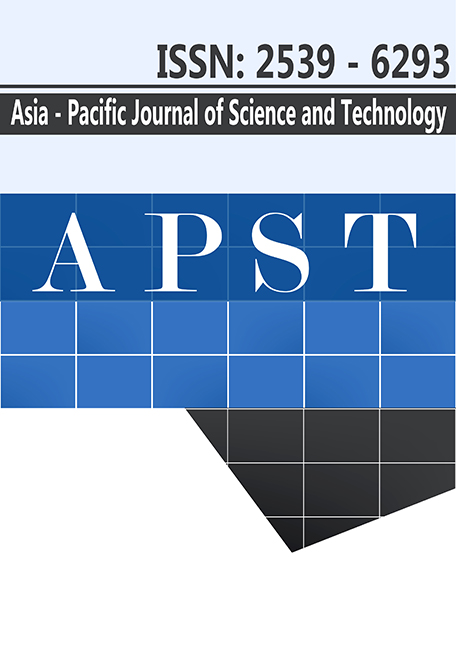Rectangular layer model for profile-based human action recognition using multi view depth information
Main Article Content
Abstract
Human action recognition is a fundamental component for understanding complex activities or behaviors, especially for video surveillance and health-care applications. In this paper we introduce profile-based human action recognition from multi-view cameras using RGB-D information through a Rectangular Layer Model (RLM). Our model tended to show improved performance when the perspective distortion or the lack of information occurred during a single-view approach. A fusion model was tested for five basic actions: walking and standing, sitting, bending, and laying, and at different perspective viewpoints. The system can perform at 28.99 fps while its overall precision is about 92.25%.
Article Details
References
Liu J, Shah M, Kuipers B, Savarese S. Cross-view action recognition via view knowledge transfer. Proc Computer Vision Pattern Recognition IEEE. 2011;3209-3216.
Gkalelis N, Nikolaidis N, Pitas, I. View independent human movement recognition from multi-view video exploiting a circular invariant posture representation. Proc Multi Media and Expo IEEE. 2009;394-397.
Souvenir R, Babbs J. Learning the viewpoint manifold for action recognition. Proc Computer Vision Pattern Recognition IEEE. 2008;1-7.
Ahmad M, Lee SW. Hmm-based human action recognition using multi-view image sequences. Proc Pattern Recognition IEEE. 2006;1:263-266.
Tran C, Trivedi MM. Human body modeling and tracking using volumetric representation Selected recent studies and possibilities for extensions. Proc Distributed Smart Cameras ACM/IEEE. 2008;1-9.
Pehlivan S, Duyugulu P. A new pose-based representation for recognizing actions from multiple cameras. Journal of Computer Vision and Image Understanding ACM. 2010;115(2):140–151.
Holte MB, Moeslund TB, Nikolaidis N, Pitas I. 3D human action recognition for multi-view camera systems. Proc 3D Imaging, Modeling, Processing, Visualization and Transmission IEEE. 2011;342-349.
Huang P, Hilton A, Starck J. Shape similarity for 3D video sequences of people. Journal of Computer Vision Springer. 2010;89(2):362-381.
Chawalitsittikul P, Suvonvorn N. Profile-based Human Action Recognition using Depth Information. Proc Advances Computer Science and Engineering ACTA Press. 2012;376–380.
Noorit N, Suvonvorn N , Karnchanadecha M. Model-based Human Action Recognition. Proc Digital Image Processing SPIE. 2010;7546.
Chuang CH, Hsieh JW, Tsai LW, Fan KC. Human Action Recognition Using Star Templates and Delaunay Triangulation. Proc Intelligent Information Hiding and Multimedia Signal Processing. 2008;179-182.
Parisi GI, Weber C, Wermter S. Human action recognition with hierarchical growing neural gas learning. Proc Artificial Neural Networks Springer. 2014;8681:89–96.
Sawant N, Biswas KK. Human Action Recognition Based on Spatio-temporal Features. Proc Pattern Recognition and Machine Intelligence Springer. 2009;5909:357-362.
KaewTraKuPong P, Bowden R. An improved adaptive background mixture model for real-time tracking with shadow detection. Proc Advanced Video-Based Surveillance Systems Springer, 2001;135-144.
Chawalitsittikul P. Side-View Based Human Action Recognition Using Stereo Vision [Thesis]. Songkhla: Prince of Songkla University; 2013, Thai.

